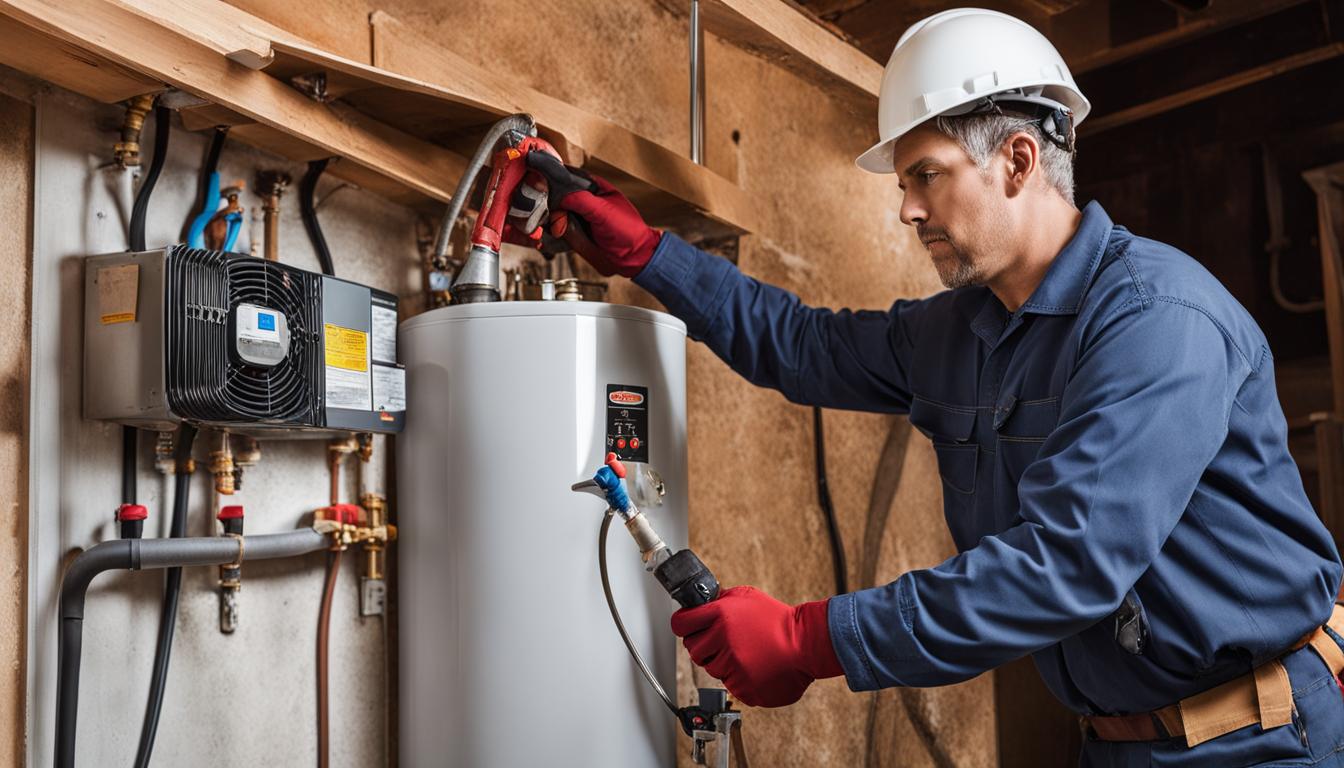They are making a few good points about How to Maintain a Hot Water Heater in a Few Simple Steps in general in the content in the next paragraphs.

Hot water is vital for everyday convenience, whether it's for a revitalizing shower or cleaning dishes. To ensure your hot water system runs efficiently and lasts longer, regular maintenance is key. This article offers useful suggestions and insights on just how to keep your home's hot water system to avoid disruptions and expensive repair services.
Intro
Preserving your home's warm water system may seem difficult, but with a couple of straightforward steps, you can ensure it operates smoothly for several years to find. This guide covers everything from understanding your warm water system to DIY maintenance ideas and understanding when to call in specialist assistance.
Importance of Keeping Your Hot Water System
Regular upkeep not only expands the life expectancy of your warm water system but also ensures it operates efficiently. Neglecting upkeep can bring about lowered performance, greater power expenses, and even premature failure of the system.
Signs Your Warm Water System Demands Upkeep
Understanding when your warm water system needs attention can prevent major concerns. Keep an eye out for indications such as inconsistent water temperature, odd noises from the heating unit, or rustic water.
Comprehending Your Hot Water System
Before diving into maintenance tasks, it's handy to understand the basic parts of your warm water system. Commonly, this consists of the hot water heater itself, pipelines, anode rods, and temperature controls.
Regular Monthly Maintenance Tasks
Regular monthly checks can help capture small concerns prior to they intensify.
Flushing the Water Heater
Flushing your water heater gets rid of debris build-up, enhancing effectiveness and extending its life.
Checking and Replacing Anode Rods
Anode poles protect against deterioration inside the storage tank. Examining and changing them when broken is vital.
Checking and Changing Temperature Setups
Readjusting the temperature level settings ensures optimum performance and safety.
DIY Tips for Upkeep
You can perform numerous maintenance jobs yourself to maintain your hot water system in leading condition.
Checking for Leakages
Routinely check pipes and links for leaks, as these can cause water damage and higher costs.
Checking Stress Relief Valves
Examining the pressure safety valve ensures it operates correctly and stops excessive stress buildup.
Protecting Pipelines
Protecting warm water pipes minimizes heat loss and can conserve power.
When to Call an Expert
While do it yourself upkeep is useful, some concerns require expert proficiency.
Complicated Concerns Requiring Specialist Aid
Examples consist of major leakages, electric problems, or if your hot water heater is continually underperforming.
Regular Professional Upkeep Benefits
Expert maintenance can consist of thorough assessments, tune-ups, and making certain compliance with safety and security standards.
Final thought
Regular maintenance of your home's warm water system is important for performance, longevity, and price financial savings. By following these ideas and recognizing when to seek specialist help, you can make sure a reliable supply of hot water without unexpected disruptions.
How to Maintain an Instant Hot Water Heater
Before tinkering with your hot water heater, make sure that it’s not powered on. You also have to turn off the main circuit breaker and shut off the main gas line to prevent accidents. Also turn off the water valves connected to your unit to prevent water from flowing into and out of the appliance. 2. When you’re done, you have to detach the purge valves’ caps. These look like the letter “T” and are situated on either side of the water valves. Doing so will release any pressure that has accumulated inside the valves while at the same time avoid hot water from shooting out and burning your skin. 3. When the purge valves’ caps are removed, you have to connect your hosing lines to the valves. Your unit should have come with three hoses but if it didn’t, you can purchase these things from any hardware or home repair shops. You can also get them from retail stores that sell water heating systems. Read the user’s manual and follow it to complete this task properly. When the hosing lines are connected, open the purge port’s valves. 4. You should never use harsh chemical cleaners or solutions when cleaning your unit. Make use of white vinegar instead. It should be undiluted and you’ll probably use about 2 gallons. 5. Now flush your water heater. This task should probably take about 40 minutes. We can’t give you specific directions for this because the procedure is carried out depending on the type, model and brand of your heater. With that being said, refer to the user’s manual. 6. When you’re done draining the unit, you have to turn off the purge port valves again. Remove the hosing lines that you earlier installed on each of the water valves. Put the valve caps (purge port) back in their respective places and be very careful so as not to damage the rubber discs that are found inside these caps. 7. Now that everything’s back in place, check your user’s manual again to find out how to reactivate your water heating system. 8. Once it is working, turn one of your hot water faucets on just to let air pass through the heater’s water supply pipes. Leave the tap on until water flows smoothly out of it. https://www.orrplumbing.com/blog/2014/september/how-to-maintain-an-instant-hot-water-heater/

Hopefully you enjoyed reading our piece on Tips on Maintaining a Water Heater. Thanks so much for taking a few minutes to browse our content. Feel free to set aside a second to share this article if you enjoyed reading it. We thank you for reading our article about Water Heater Maintenance Tips You Can't Afford to Forget.
Request An Appointment